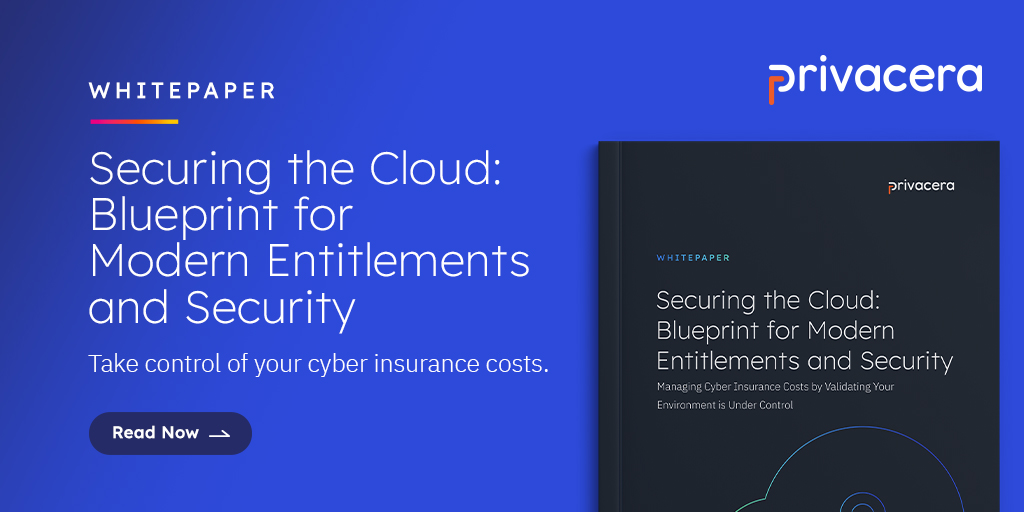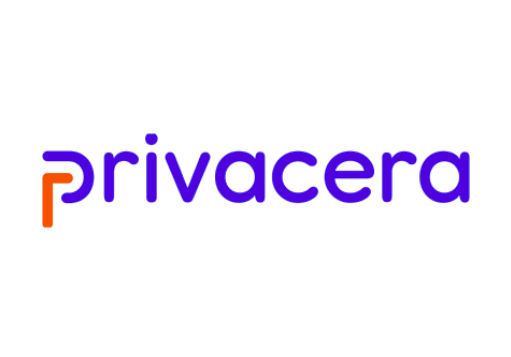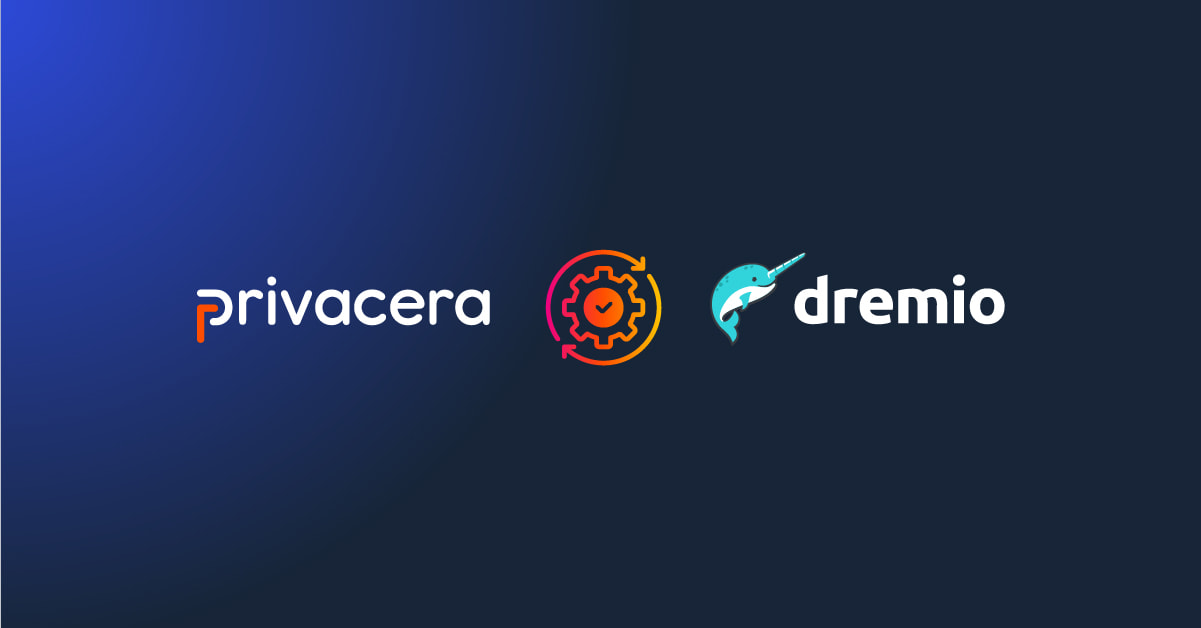In today’s data-driven world, organizations are increasingly relying on data analytics platforms to derive valuable insights from their data. Increasingly, organizations are battling to cope with the diversity of their data estate and enforcing access and privacy controls consistently. A powerful solution is coming from two popular platforms in this space which are Dremio, known for its unified data lakehouse platform that makes data analytics fast and easy, and Privacera, a comprehensive data governance and security platform. The integration of these two platforms through policy sync functionality offers a seamless data governance solution that enhances security, compliance, and overall data management capabilities.
Approaching Data Security Governance
While Dremio’s unified access capability connects to a broad data landscape natively, organizations need to decide how best to govern and protect data contained in the data estate managed by Dremio.
Increasingly, the rigor of compliance necessitates uniformly tight security across all systems, a task increasingly cumbersome with the system-by-system approach to data security governance. As data lakes burgeon and diversify, maintaining consistent control becomes a Herculean task. This scenario pits the traditional, piecemeal strategy of privacy and security against a holistic data security governance model, emphasizing the need for a unified set of controls for IT personnel.
This not only streamlines management but also aligns with a long-standing truth in IT: simplicity breeds efficiency. Yet, the endeavor to maintain system-specific controls, ensuring transparency, consistency, and auditability, morphs into a relentless game of Whac-A-Mole—a testament to the inefficacy of legacy approaches in today’s dynamic digital ecosystem.
Navigating the choice between system-specific strategies and an integrated data security governance framework unveils a spectrum of considerations, with administrative overhead and resource allocation at the forefront. Traditional, piecemeal approaches not only consume valuable, often scarce, engineering resources on non-value-add processes but also suffer from opacity and limited control, thus hampering compliance efforts and restricting data access on a necessary scale. This fragmentation stymies the organization’s capacity to be insights-driven and to manage security and access policies uniformly across analytics platforms, challenging the assurance of consistent security and governance.
Conversely, adopting a unified data security governance model can drastically streamline the administrative load and hasten the provisioning of data to employees, significantly enhancing the organization’s agility and its ability to meet rigorous compliance mandates. This holistic strategy facilitates scalable data access, empowering organizations to foster internal innovation and drive forward in an increasingly data-centric world. The transition to a consolidated governance approach not only resolves the inefficiencies and inconsistencies endemic to system-by-system practices but also positions enterprises to thrive amidst the complexities of modern data landscapes.
Policy Sync Connects Unified Security Governance to Dremio
Policy sync integration between Dremio and Privacera enables the synchronization of data access policies between the two platforms. This means that any policies set in Privacera, such as data access controls, masking rules, or auditing requirements, are automatically and transparently synchronized and applied to Dremio. Conversely, changes made in Dremio, such as adding new datasets or users, can automatically be synchronized back to Privacera. This bidirectional synchronization ensures that data governance policies are consistently enforced across both platforms, reducing the risk of data breaches and ensuring compliance with regulatory requirements.
Technical Details of Policy Sync Integration
The policy sync integration between Dremio and Privacera is achieved through a combination of APIs and connectors that allow the two platforms to communicate and exchange policy information. Here’s a high-level overview of how the integration works:
- Privacera Policy Definition: Policies are captured in Privacera using its intuitive interface or API. These policies include access controls (such as RBAC, ABAC, or TBAC), masking rules, and auditing requirements.
- Policy Sync Connector: Privacera provides a policy sync connector that communicates with Dremio’s API to sync the policies. The connector can be configured to sync policies on a scheduled basis or in real-time, depending on the organization’s requirements.
- Dremio Policy Enforcement: Once the policies are synced to Dremio, they are enforced at the query level, ensuring that only authorized users can access sensitive data and that data masking rules are applied as required.
- Audit and Compliance: The integrated solution provides comprehensive audit logs and reporting capabilities, allowing organizations to track access to sensitive data and demonstrate compliance with regulatory requirements such as GDPR, CCPA, and HIPAA.

Customer Benefits
The integration of Dremio and Privacera through policy sync offers several benefits to organizations looking to enhance their data governance capabilities:
- Improved Security: By synchronizing data access policies between Dremio and Privacera, organizations can ensure that only authorized users have access to sensitive data, reducing the risk of data breaches.
- Streamlined Compliance: The integrated solution helps organizations comply with regulatory requirements by enforcing access controls, masking rules, and auditing requirements consistently across both platforms.
- Enhanced Data Management: Policy sync integration simplifies data management by allowing organizations to manage data access policies from a single interface (Privacera), reducing the complexity of managing policies in multiple systems.
- Cost Savings: By automating the synchronization of policies, organizations can reduce manual effort and the risk of human error, leading to cost savings in data governance operations.
In conclusion, the policy sync integration between Dremio and Privacera offers a powerful data access and security governance solution across a company’s analytical environment, that enhances data accessibility, security, compliance, and data management capabilities. Organizations looking to strengthen their data governance practices should consider leveraging this integration to ensure the integrity and security of their data assets.
Interested in getting started with Dremio for free? Visit their Getting Started page here.
Get started with Privacera by scheduling a short demo here.





